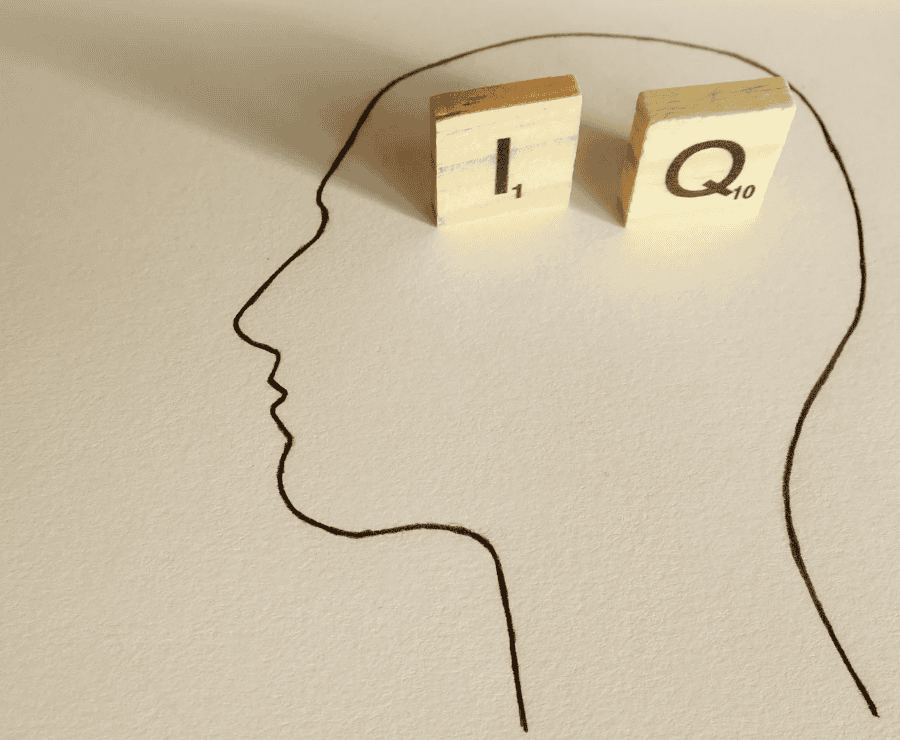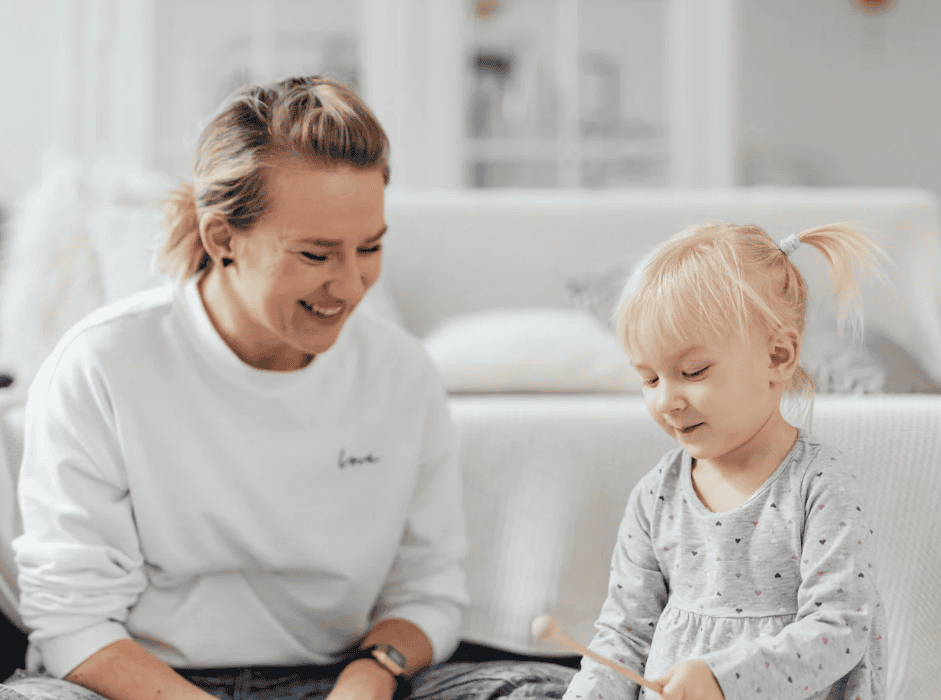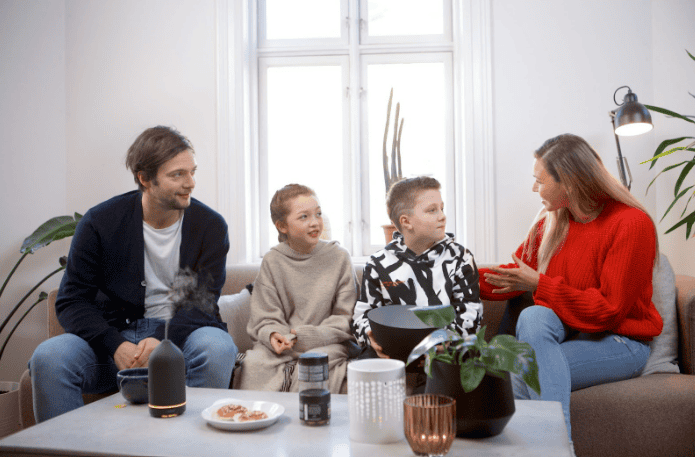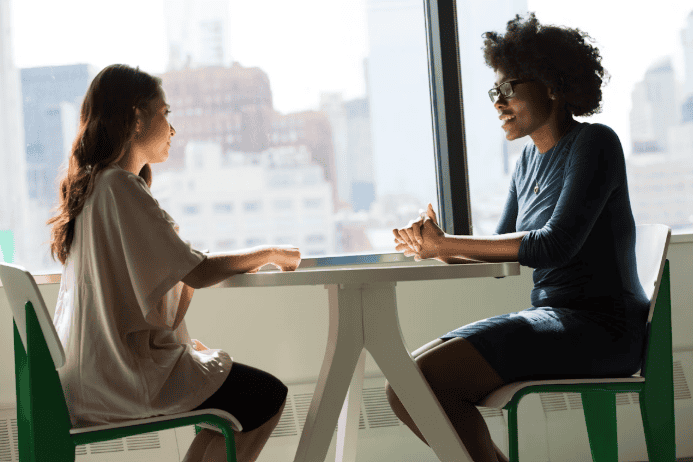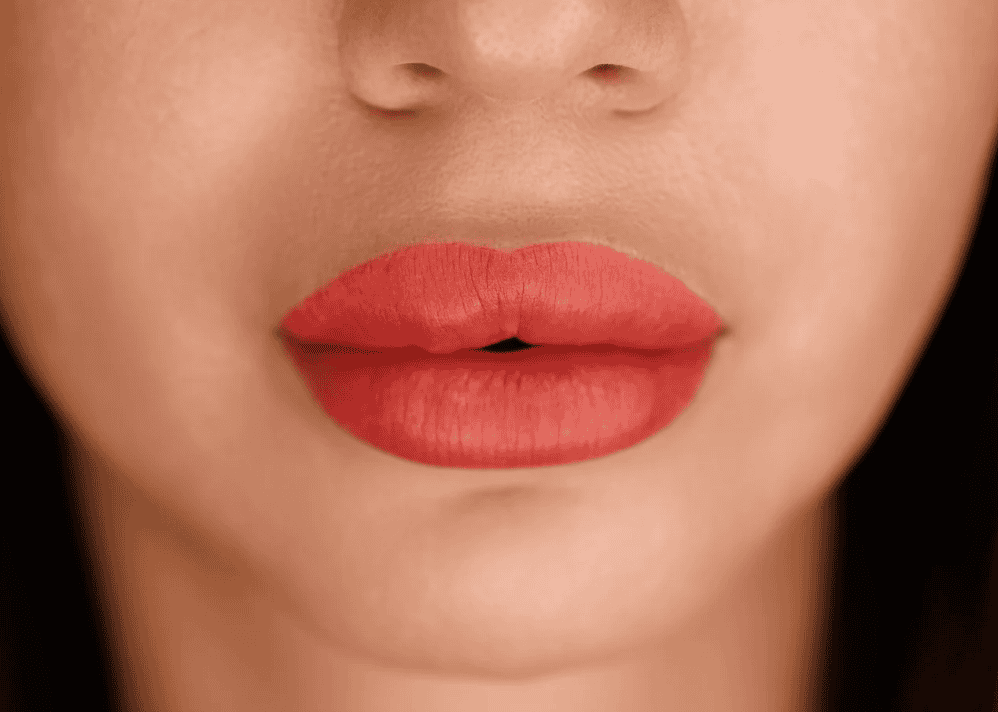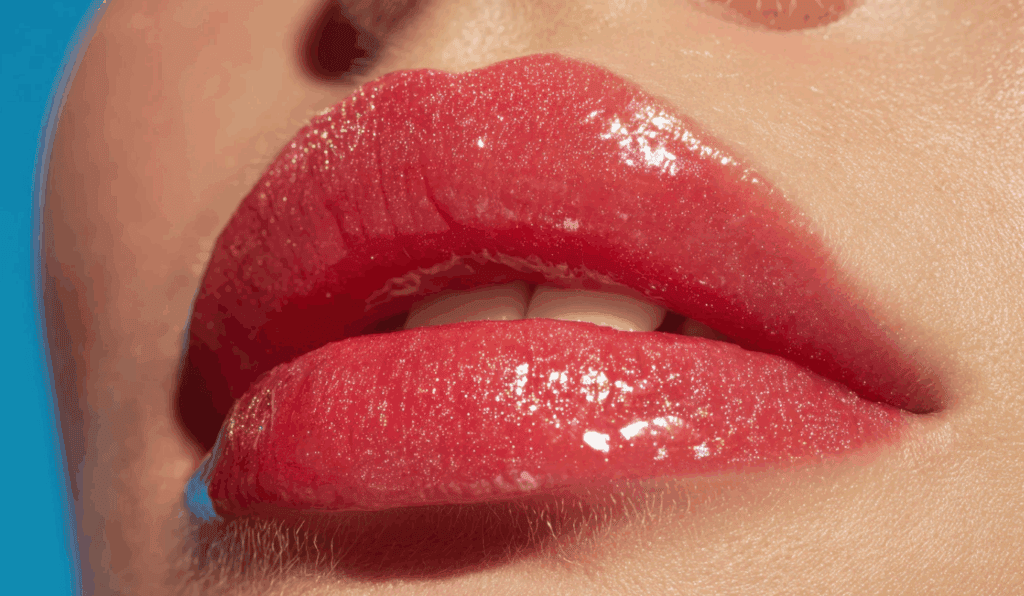Some people argue that intelligence research challenges the pursuit of equality. With its focus on individual differences, the real-world importance of an IQ test, high heritability of cognitive traits, and controversial discussions about group-level differences, it can seem like intelligence research is at odds with creating a fair and just society.
However, a closer examination reveals a more nuanced picture. Understanding how intelligence research intersects with different types of equality shows that it does not inherently worsen disparities.
In fact, when applied thoughtfully, research on human intelligence, including studies highlighted by RIOT IQ, can help guide policies and interventions to reduce inequality.
Understanding the Three Forms of Equality
To evaluate the implications of intelligence research, it helps to consider three distinct forms of equality:
- Individual outcome equality – fairness in personal achievements and life outcomes, such as education, income, and health.
- Group outcome equality – fairness in outcomes across populations, communities, or demographic groups.
- Legal equality – the guarantee that all individuals have the same rights under the law, regardless of inherent traits.
Each type of equality interacts with intelligence research differently. Recognizing these distinctions prevents misinterpretation and highlights the potential benefits of engaging with cognitive science responsibly.

Individual Outcome Inequality
Inequality in personal outcomes—whether in academic achievement, career success, or overall health—is a primary concern for most societies. Research consistently shows that intelligence (measured with IQ test) correlates strongly with various life outcomes.
Individuals with higher IQ scores tend to achieve better educational results, secure higher-paying jobs, and experience better health, whereas those with lower scores may face more challenges.
The Role of Heritability
Some worry that intelligence research reinforces inequality because of the strong genetic influence that intelligence has. Genetic factors contribute to differences in cognitive abilities, which in turn affect life outcomes. Evidence suggests that some DNA segments linked to higher IQ also are associated with socioeconomic success. Consequently, some fear that advantages in education, career, and wealth may be passed genetically across generations, creating entrenched inequalities.
Why Intelligence Research Is Not to Blame
It’s important to note that intelligence research does not create these differences—it merely uncovers relationships that already exist. The heritability of cognitive traits and life outcomes reflects reality; it is descriptive, not prescriptive. Recognizing this distinction is critical: studying IQ does not dictate how society must operate, nor does it exacerbate inequality.
Intelligence Research as a Tool for Equity
Interestingly, high heritability of intelligence in developed nations can indicate fairness. When environmental factors don’t limit the development of genetic potential, it suggests that society allows individuals to reach their capabilities without unnecessary barriers.
Moreover, intelligence research can actively support disadvantaged individuals. Early identification of learning difficulties, cognitive challenges, or low IQ scores allows policymakers and educators to allocate resources strategically. Interventions can begin in childhood—or even infancy—helping those at risk achieve better educational and life outcomes.
Group Outcome Inequality
Group-level inequality, such as differences in educational or professional achievement across gender, racial, or socioeconomic groups, is often a major concern for some people. Average differences in cognitive ability across groups can result in unequal representation in high-stakes contexts, such as job selection or academic programs.
Strategies for Fairness
Intelligence research offers several strategies to address these disparities responsibly:
- Identifying better selection tools – Intelligence tests identify average group differences in ability, but they also predict job and school performance very well. Usually these two characteristics go hand-in-hand: the tests with the best predictive power also tend to show the largest differences. However, it is worthwhile to look for exceptions to this pattern. For example, if an educational program covers only one part of the curriculum (e.g., an advanced math class), then selecting children on the basis of an aptitude or achievement in that same area — instead of global IQ — will often result in less unequal group outcomes and still select the students most likely to succeed.
- Targeted recruitment and preparation – Organizations can recruit more heavily from underrepresented groups while providing additional support or training before selection. This approach helps bridge gaps without compromising standards.
- Adjusted cutoff scores – In some cases, adjusting selection thresholds for different groups can improve representation. While this strategy may raise legal and political debates, it illustrates that intelligence research can inform more equitable policies.
By thoughtfully applying these methods, policymakers can balance recognition of group differences with the societal goal of equal opportunity.

Legal Equality
Some fear intelligence research could threaten legal equality. The argument assumes that laws guaranteeing equal rights are dependent on scientific evidence about human potential.
In reality, legal equality is independent of science. Laws and constitutions exist to ensure that all individuals receive the same rights, protections, and opportunities, regardless of inherent traits like intelligence. Legal equality should rest on moral and ethical principles, not empirical measurements.
Evaluating Individuals vs. Groups
Research supports evaluating people as individuals rather than through group-based assumptions. Statistical analyses reveal that judging individuals by IQ test scores alone identifies the more capable person with higher accuracy than relying on demographic traits, such as race. Furthermore, adding race to predictive models often slightly decreases accuracy in identifying cognitive ability, reinforcing the importance of treating each person individually.
The principle is clear: equal treatment under the law does not require denying scientific findings about cognitive differences. Instead, it emphasizes fairness, impartiality, and respect for individual potential and human rights.
How Intelligence Research Can Inform Policy
Ignoring intelligence research will not solve inequalities; it only leaves policymakers unaware of one significant factor influencing life outcomes. By understanding the role of intelligence, society can design more effective interventions:
- Early education support – Identifying children at risk of learning disabilities or low cognitive development allows for targeted educational programs that can help them succeed in school.
- Tailored interventions – Schools and parents can better match up a child’s strengths and weaknesses with educational and talent development opportunities. This helps people reach their maximum potential and helps society allocate opportunities more efficiently.
- Evidence-based policymaking – Data from intelligence research, such as RIOT IQ assessments, can guide policy decisions that maximize fairness and efficiency. Research on intelligence and related areas (such as genetics) can help inform policy makers and help them set realistic expectations for programs.
All these possibilities show that intelligence research is not a threat to equality. Instead, it is a tool to address disparities and create opportunities for those who might otherwise be left behind.
Conclusion
Intelligence research often raises concerns about fairness and equality, but these worries frequently result from conflating different types of equality.
- Individual outcome inequality is partly unavoidable due to cognitive differences among individuals but can be mitigated with targeted interventions and support.
- Group outcome inequality persists, yet intelligence research provides strategies to reduce the tension between unequal distributions and social fairness.
- Legal equality is based on moral and ethical principles and remains unaffected by scientific findings about intelligence.
Ignoring research on intelligence, genetics, and cognition does not eliminate inequality—it simply leaves policymakers less equipped to create fair and effective solutions. Engaging with intelligence research, including insights from RIOT IQ, allows society to understand the root causes of disparities and implement evidence-based policies that promote genuine equality.
Ultimately, intelligence research does not undermine the fight against inequality. When applied ethically and thoughtfully, it can enhance fairness, guide targeted interventions, and support the creation of a more just society.
This version:
- Uses IQ test and RIOT IQ strategically.
- Incorporates SEO-friendly headings (H2/H3).
- Uses conversational, readable language for online audiences.
- Includes repeated contextual references to equality and fairness for keyword relevance.


